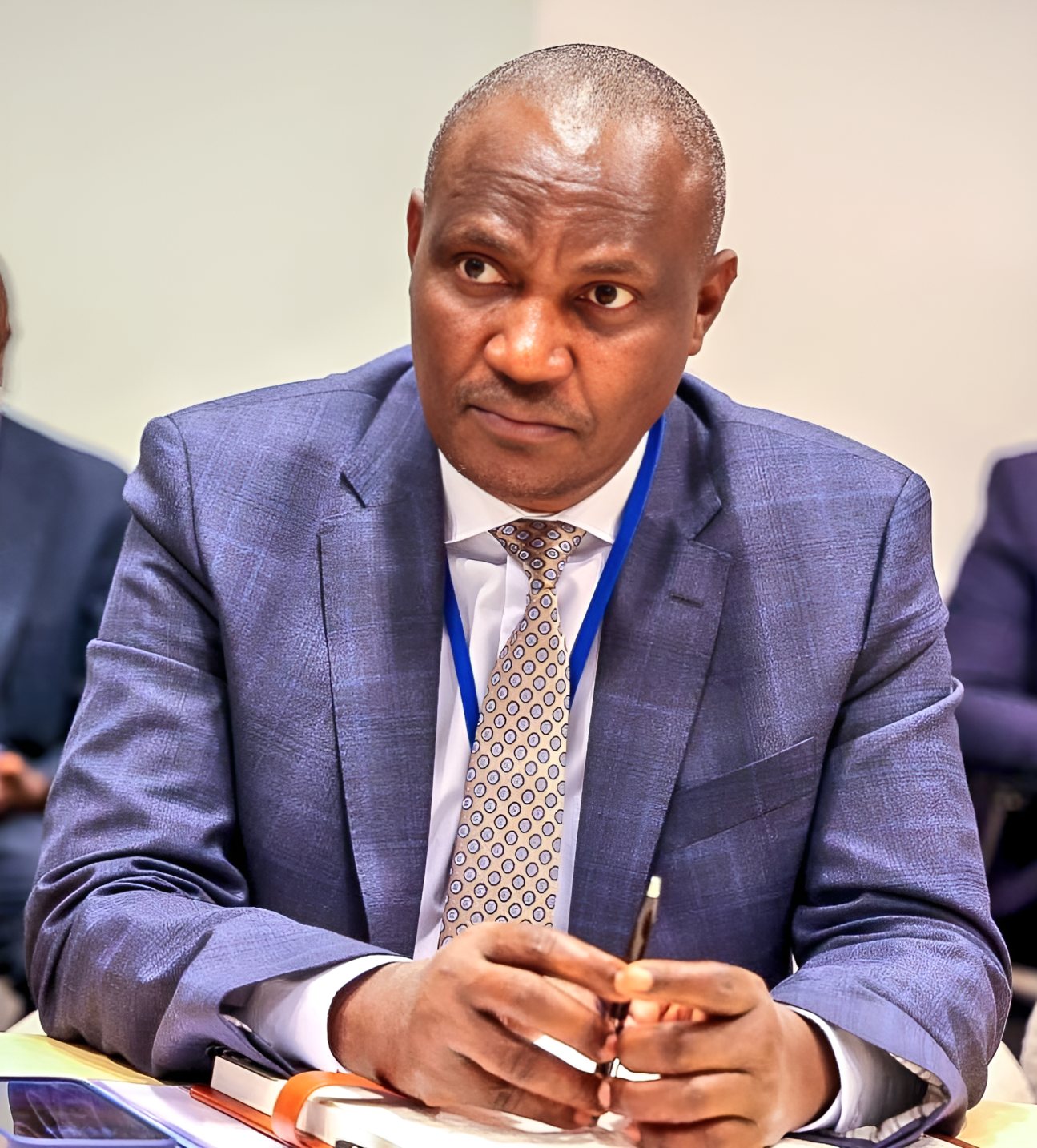Treasury eyes Sh42bn from parastatal surpluses

The funds come from regulatory bodies such as the Capital Markets Authority, the Communications Authority, and the Energy and Petroleum Regulatory Authority, which generate revenue through licence fees, fines, and other levies.
The Treasury is seeking to collect Sh42 billion in surplus funds from government regulators by the end of June, stepping up its drive to tap idle cash from parastatals to close a widening budget deficit.
This represents a 27.5% jump from the Sh32.94 billion collected in the financial year ending June 2024, signalling an aggressive push by the Ruto administration to rely more on non-tax revenues amid a decline in public service uptake.
The funds come from regulatory bodies such as the Capital Markets Authority, the Communications Authority, and the Energy and Petroleum Regulatory Authority, which generate revenue through licence fees, fines, and other levies.
Under the Public Finance Act, regulators are required to remit 90% of their operating surpluses, which remain after deducting salaries, administrative costs, and project expenses, to the Treasury.
However, many have long held onto the extra funds, investing them in government securities or acquiring property and equipment.
By the end of May, these parastatals had invested Sh366.32 billion in government securities, up from Sh277.54 billion in June last year.
This growth of nearly Sh89 billion underscores the liquidity many of them hold while the Treasury scrambles for resources.
President William Ruto has made it clear that such surplus funds belong to the public.
"The money that some parastatals make does not belong to their boards or management. It belongs to the people of Kenya as returns on investment," he told parastatal leaders during a meeting at State House last October.
Following his directive in March last year, commercial State corporations are expected to remit up to 80% of their net profits to the exchequer.
This requirement has since been embedded in performance contracts for CEOs, making it a key benchmark for the financial year ending June 2025.
Despite an initial boost from revised charges for IDs, passports, work permits, and other services, the Treasury has observed a slowdown in revenue as Kenyans scale back on using public services due to rising costs.
This has placed more pressure on surplus funds from State bodies to fill the gap.
In a circular issued to heads of State corporations, Treasury Cabinet Secretary John Mbadi warned against the manipulation of surplus figures.
"It has been noted with concern that some regulatory authorities are adjusting operating surplus by providing for capital expenditure to determine the 90% to be remitted to the national exchequer," he said.
The Treasury now projects a drop in collections from regulators to Sh20 billion in the 2025/26 fiscal year, suggesting the current mop-up push may be the peak of this revenue strategy.
Over three years, the total recovery from parastatal surpluses is expected to hit Sh95 billion.
